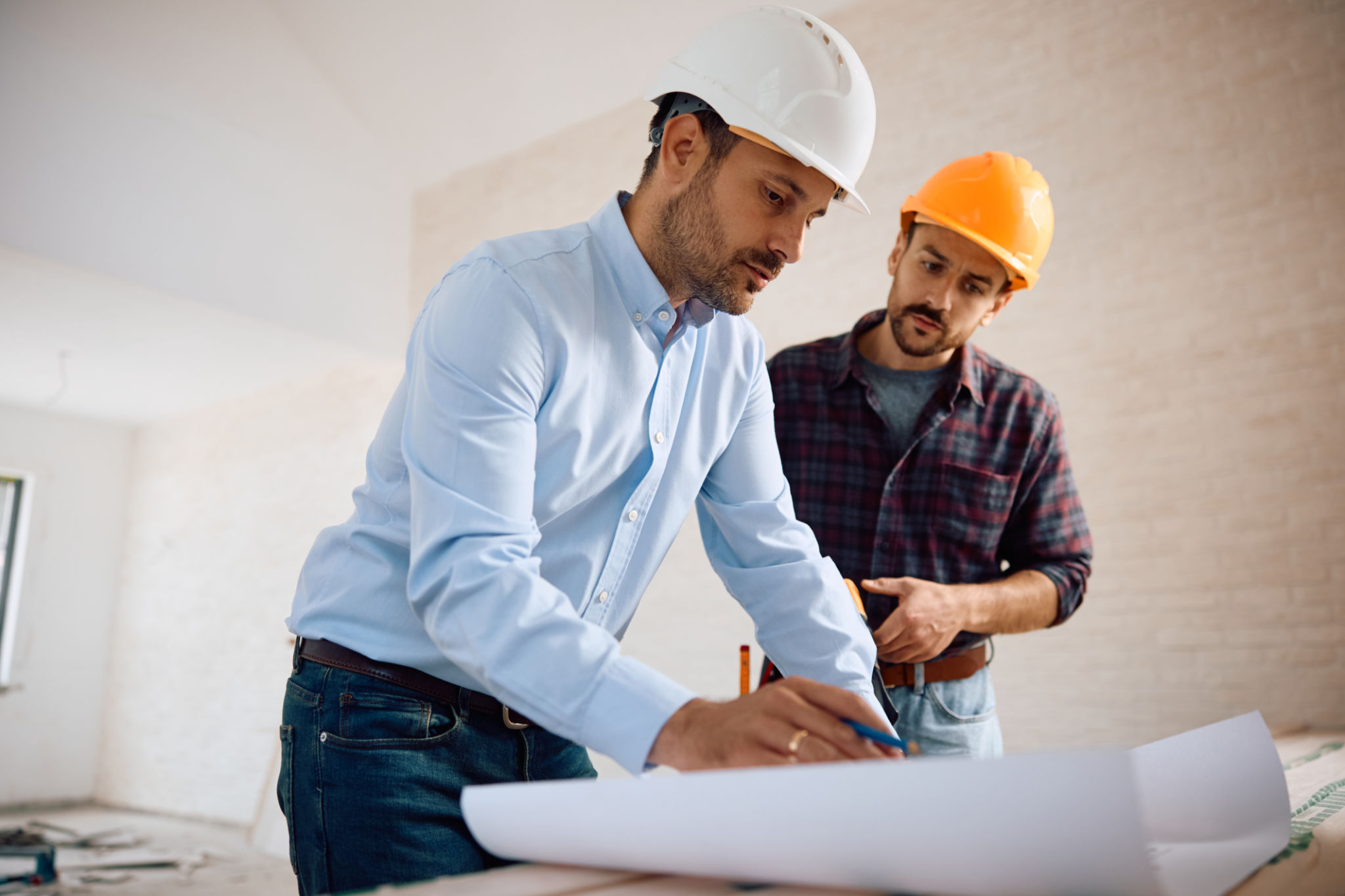Understanding Local Building Codes and Regulations
Introduction to Local Building Codes
Understanding local building codes and regulations is crucial for anyone involved in construction, whether you're a homeowner planning a renovation or a contractor working on new projects. These codes are established to ensure safety, structural integrity, and accessibility in all buildings.

What Are Building Codes?
Building codes are a set of rules that specify the standards for constructed objects such as buildings and non-building structures. These codes serve as a guideline to ensure the health and safety of the occupants. They include specifications on structural design, fire safety, electrical systems, plumbing, and more.
Why Are Building Codes Important?
The importance of building codes cannot be overstated. They protect public health and safety by ensuring buildings are constructed to withstand the intended loads and environmental conditions. Additionally, they help preserve property values and can prevent costly repairs in the future by enforcing quality standards from the start.

Key Components of Building Codes
Building codes typically cover several key areas:
- Structural Integrity: Ensures that the framework of a building can support its intended use.
- Fire Safety: Includes regulations on materials used, fire exits, and alarms.
- Electrical Systems: Standards for wiring, outlets, and circuits to prevent electrical hazards.
- Plumbing: Regulations on pipe sizes, water pressure, and drainage systems.
- Energy Efficiency: Guidelines for insulation, HVAC systems, and sustainable building practices.
Navigating Local Variations
It's essential to recognize that building codes can vary significantly from one location to another. Local governments may adapt or add to national codes based on regional needs and conditions. Thus, what applies in one state may not be relevant in another. It's always crucial to check with your local building department for the most accurate information.

Steps to Ensure Compliance
Ensuring compliance with local building codes involves several steps:
- Research: Begin by understanding the specific codes applicable to your area.
- Consult Professionals: Work with architects, engineers, and contractors familiar with local regulations.
- Submit Plans: Before construction, submit detailed plans for approval to the local building department.
- Inspections: Schedule inspections at various stages of construction to ensure ongoing compliance.
The Role of Permits
Building permits are an integral part of the compliance process. They serve as an official approval from local authorities to proceed with construction. Obtaining a permit typically involves submitting architectural drawings and other documentation that demonstrate adherence to local codes.

Consequences of Non-Compliance
Failure to comply with building codes can lead to severe consequences, including fines, legal action, and even the requirement to demolish non-compliant structures. Furthermore, non-compliance can result in safety hazards that put occupants at risk.
Conclusion
Understanding and adhering to local building codes is an essential responsibility for anyone involved in construction or renovation projects. By ensuring compliance, you not only contribute to the safety and well-being of future occupants but also protect yourself from potential legal and financial repercussions.